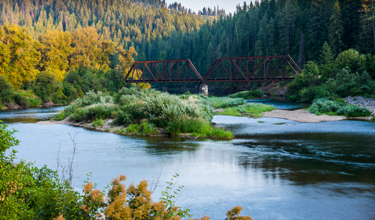
At Evergreen Timber LLC, taking care of business means taking care of the environment. Practices that protect air, soil, water, and wildlife help ensure that we can keep harvesting trees well into the future. That's why we train professional loggers in sustainable harvesting methods—and why we regenerate every acre of land as soon as possible after harvest. It is why our policy is to strive for perfect compliance with regulations governing air and water emissions. And it is why we have partnered with government agencies, universities, and nonprofit groups to study and protect a variety of wildlife and plant species that inhabit our forestlands.


As the steward of nearly 1.9 million acres of forestland, we have the responsibility to meet the needs of today's consumers in a way that ensures that subsequent generations can also meet theirs. Our mission is to realize the maximum value of every acre of land we own, and to do so within the parameters of forestry practices that ensure long-term sustainability.
Third-party certification of our forestlands is the most obvious example of our commitment to well-managed forests. Our day-to-day practices and policies demonstrate that commitment as well. For example, every acre that we harvest is reforested, either through our own replanting or through natural regeneration. We use the best available technology to help us manage our forests, including Geographic Information Systems (GIS) to track data on soils, wildlife, terrain, waterways, and more. We give the data full consideration when planning harvests and other aspects of forest management. We also provide continuing education to professional loggers to ensure that harvest practices are consistent with the long-term health of our forests. And we conduct silviculture research aimed at producing healthier forests.
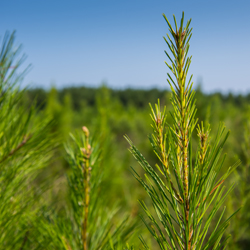
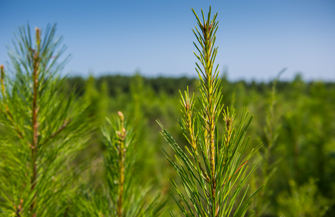
Evergreen Timber LLC is committed to sustainable forest management. For us, that means we want to make sure that people enjoy the many benefits of healthy, managed forests both today and in the future - benefits such as water quality, air quality, wildlife habitat, forest products, recreation and more.
One of the ways we do this is abiding by credible forest certification systems, such as the Sustainable Forestry Initiative ® (SFI ®) and the Forest Stewardship Council ® (FSC ®). All of our land management units are certified to either the SFI or FSC standards and we evaluate new land purchases for one or both certifications as specific market opportunities exist.
Third-party certification of our forest management is important for several reasons. First, it provides credible independent verification. Further, it ensures that our practices meet a set of specific and meaningful values. And finally, certification provides a clear process for continually improving all of our practices.
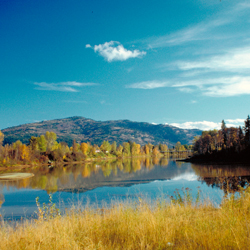
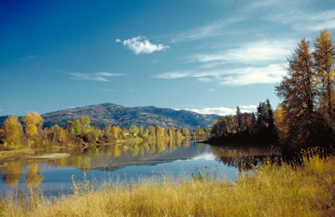
Evergreen Timber LLC recognizes the vital importance of air quality, soil health and water conservation. As stewards of our lands, we are entrusted to protect and restore air, soil and water through mindful timberland management practices and care in minimizing impacts from our wood products manufacturing.
Air
We are committed to reducing our airborne emissions. That is why we strive to comply 100 percent with strict government regulations designed to reduce emissions and why we operate below our permitted limits. We also work closely with our local communities to ensure that our effect on local air quality is minimal.
Soil
Managing the soils on our timberlands is a key part of enhancing both productivity and long-term sustainability. Soil management can have a significant effect on water quality. That's why we follow each state's site-specific best practices for managing soils, and whenever possible, we exceed those standards.
Water
Crucial for life, water is also essential for growing trees and making forest products. In all aspects of our work, we are careful to do our part in making sure the water sources we use stay clean and healthy. We take pride in making sure the water that flows through our lands and that we discharge at our mills is capable of supporting the fish, amphibians, and other organisms that inhabit our rivers, ponds, and creeks.
Forestry’s Role in Mitigating Climate Change
Healthy, growing forests are a natural means of carbon sequestration—a process of removing carbon dioxide emissions from the atmosphere. Through the natural process of plant transpiration or "breathing," carbon is drawn from the atmosphere and exchanged for oxygen. Young forests especially sequester carbon. Carbon sequestration from healthy forests is part of the solution for reducing carbon dioxide emissions and for improving climate change.
BurningFire plays a crucial role in healthy forests, helping to rejuvenate soil, vegetation, and wildlife habitat. From time to time, we use burning as a forest management tool. Our burning practices adhere to strict local and state burn laws. To ensure that our burning practices don't have an adverse effect on local air quality, we work closely with communities near our forestlands. In Idaho, for example, we're part of a two-state airshed quality group that sets self-imposed burning schedules so that burns take place during favorable climatic conditions.
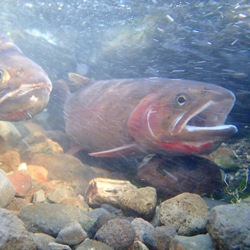
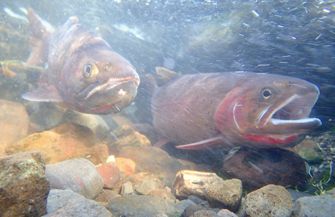
We never forget that hundreds of animal species call our forests home. That is why we are deeply involved in efforts to help wildlife survive and thrive.
A healthy forest requires a “mosaic” of timber growth – young trees, middle aged and older. Sustainably managed working forests not only protect against disease and wildfires but help provide a favorable ecosystem to preserve biodiversity.
In addition to silviculture practices designed to support the well-being of wildlife, we regularly work with local, state and federal agencies on research projects to increase our understanding of forestry’s effects on specific species.


Evergreen Timber LLC occasionally enters into formal agreements with nonprofit and governmental agencies that limit timber harvesting or development on our timberlands. We offer such conservation easements to support the recovery of a threatened or endangered species or to preserve places and landscapes that have exceptional natural, social or cultural value.
We are especially proud of the conservation easement we granted as part of the habitat recovery plan for the endangered red-cockaded woodpecker in Arkansas.


